The Philippines was also a former Spanish colony, but how did its experience as a colony differ from Latin America?
Not all colonies are treated equally
The Spanish colonial era is probably the most referenced period in Filipino history. Spanish era this, Spanish era that. This period of time resulted in a shared colonial history with Latin America, especially with Mexico. The Manila-Acapulco Galleon trade made sure of this sustained exchange of culture, trade, and goods between Asia and the New World.
However, each colony under the Spanish crown had a different experience. The Philippines had a different experience from Mexico, Peru, and Argentina. So many different factors played into how the Philippines experience differed from the rest of Latin America under colonial rule.
Genetic Imprint
Despite being under colonial rule for longer than most of Latin America, the Philippines differs from the countries such as Mexico, Panama, Colombia, and Argentina in that the Philippines got significantly less European admixture and European genetic makeup. Recent genetic studies of Filipinos has shown that Spanish and other European genetic admixture is low, with only 2% of the entire Filipino population1 holding some Spanish ancestry.
In comparison, Mexico has around two-thirds Mestizo population, a majority of whom are mixed with European and indigenous ancestry. Argentina is around 85% White, and Cuba is around 64% White and 26% Mixed. The average Colombian is a healthy mix of Amerindian, European, and some African DNA.
While the Philippines received little European migration during this period, it received many migrants from other parts of Asia. Interestingly, the number of Chinese migration to the Philippines soared during the Spanish colonial period, and it was during this time that the first ever Chinatown was built in Binondo. Many Chinese, mostly from Fujian province, were attracted to the lucrative Galleon trade. Today, as many as 22% of the Filipino population2 has at least some Chinese ancestry. A smaller population of Sepoys from India settled in the late 1700s following the British invasion of Manila, many of them settled in Cainta. The area of Paco in Manila was home to a community of Japanese Christians who fled Japan due to religious persecution, and as many as 3,000 Japanese people lived in Paco in the 17th century.
The State of Languages
One of the biggest differences in the Philippines and most former Spanish colonies is the fact that Spanish is no longer an official language nor is it spoken by a large portion of the population. Spanish is the official language in all former colonies in Latin America.
Native languages have been better preserved in the Philippines and have official status, whereas Paraguay is the only country in Latin America that has an indigenous language, Guarani, as a co-official language. While earlier colonial rulers were keen on learning local languages like Nahuatl and Quechua, a law in 1770 ordered by King Charles IV ordered all official business3 was to be conducted in Spanish. Many of these native languages are still spoken in Latin America, though they don’t enjoy the level of recognition and usage when compared to the Philippines.
During the colonial period, Spanish was the sole official language of the Philippines and education was conducted in Spanish. Due to a lack of resources and trained teachers, many native Filipinos remained illiterate and did not receive an education in Spanish. The Spanish language largely stayed in urban areas where there was access to proper education. The use of Spanish declined following American colonial rule and then independence.
The influence of the Spanish language today is largely relegated to loanwords in Tagalog, Cebuano, Ilocano, Bikol, and other local languages. Additionally, Chavacano is a local Spanish creole language that is spoken largely in Zamboanga. This language was developed as a result of native people interacting with immigrant Spaniards and Latin Americans. In 2020, only around 0.5% of the population had some proficiency in Spanish.
Indirect Rule and Isolation
From 1565 until 1821, the Philippines was under indirect rule, and instead of being directly under the monarch of Spain, was ruled through the Viceroyalty of Mexico. During this time period, most contact with Spain came through the Manila-Acapulco Galleon trade, so much of Spain’s influence came via Mexico. Some of this included Nahuatl loanwords as well as food like tomatoes, chocolate, and pineapple.
The distance from the Philippines to Spain and Latin America ensured its relative isolation from the rest of the Spanish Empire, meaning less genetic admixture, less enforcement of laws, less control of lands, and occasionally, no present Governor-General in the archipelago. Ruling the Philippines proved difficult when compared to Mexico or Peru. The evolution and adaptation of some Spanish customs was thus pretty slow, and the work of missionaries proved difficult4 as many priests assigned to the Philippines remained in Mexico. If they braved the long journey and made it to the Philippines, priests had to deal with the hot and humid climate, a vastly different culture and ways of settlement, and continued resistance.
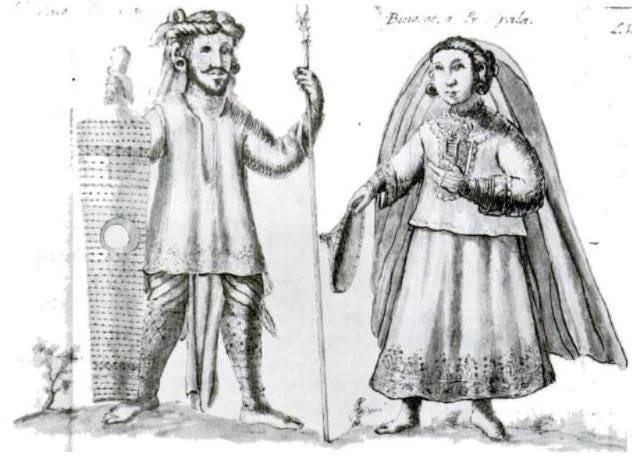
It was a combination of geography and resistance that made the Philippines a financial burden5 on the Spanish Empire. The Philippines was supported with an annual subsidy. The colony was seen as a drain on the economy of Spain to the point that debates were held about abandoning it or trading the colony for other lands.
It was only after the independence of Mexico in 1821 that the Philippines was ruled directly from Madrid, and it was the opening of the Suez Canal in 1869 that led to more direct influence and direct trade with Spain. During this time period, the Philippines was opened up to world trade.
Reconquista Continued and Muslim Resistance
Islam has existed in the archipelago since at least 1380. The religion spread around Mindanao, the Sulu Archipelago, and parts of southern Luzon, particularly around Manila. One major theme of Spanish colonization of the Philippines is the continued resistance of Islam, complete with Iranun raiders and pirates who pillaged many Christian towns. Before the colonization of the Philippines, Spain underwent the Reconquista, where Christians over the centuries pushed out the Moors until the entirety of the Iberian Peninsula was under Christendom. The continued resistance of Moros in the Philippines was a continuation of sorts of the Reconquista.
Spain has tried multiple times to pacify the sultanates in Mindanao and failed to fully conquer them, only gaining some territory in Sulu in the late 19th century and acquiring Basilan in the century prior. The Sultanate of Maguindanao was largely successful in resisting colonial rule. Sultan Kudarat helped stop the spread of Spanish rule in Mindanao and the spread of Catholicism, especially within Lake Lanao. The alliance with the Sultanate of Ternate in modern-day Maluku helped Maguindanao with regular military reinforcements.
https://www.pnas.org/doi/epdf/10.1073/pnas.2026132118
https://web.archive.org/web/20210516035425/http://legacy.senate.gov.ph/press_release/2013/0121_prib1.asp
https://lingopie.com/blog/how-did-mexico-start-speaking-spanish/
https://www.scribd.com/document/601551540/Chapter-4-Hispanization-Phelan
chrome-extension://efaidnbmnnnibpcajpcglclefindmkaj/https://www.calstatela.edu/sites/default/files/hidden_voices.pdf


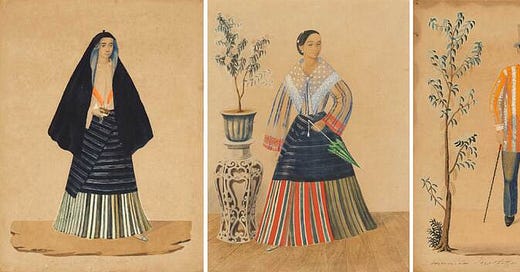



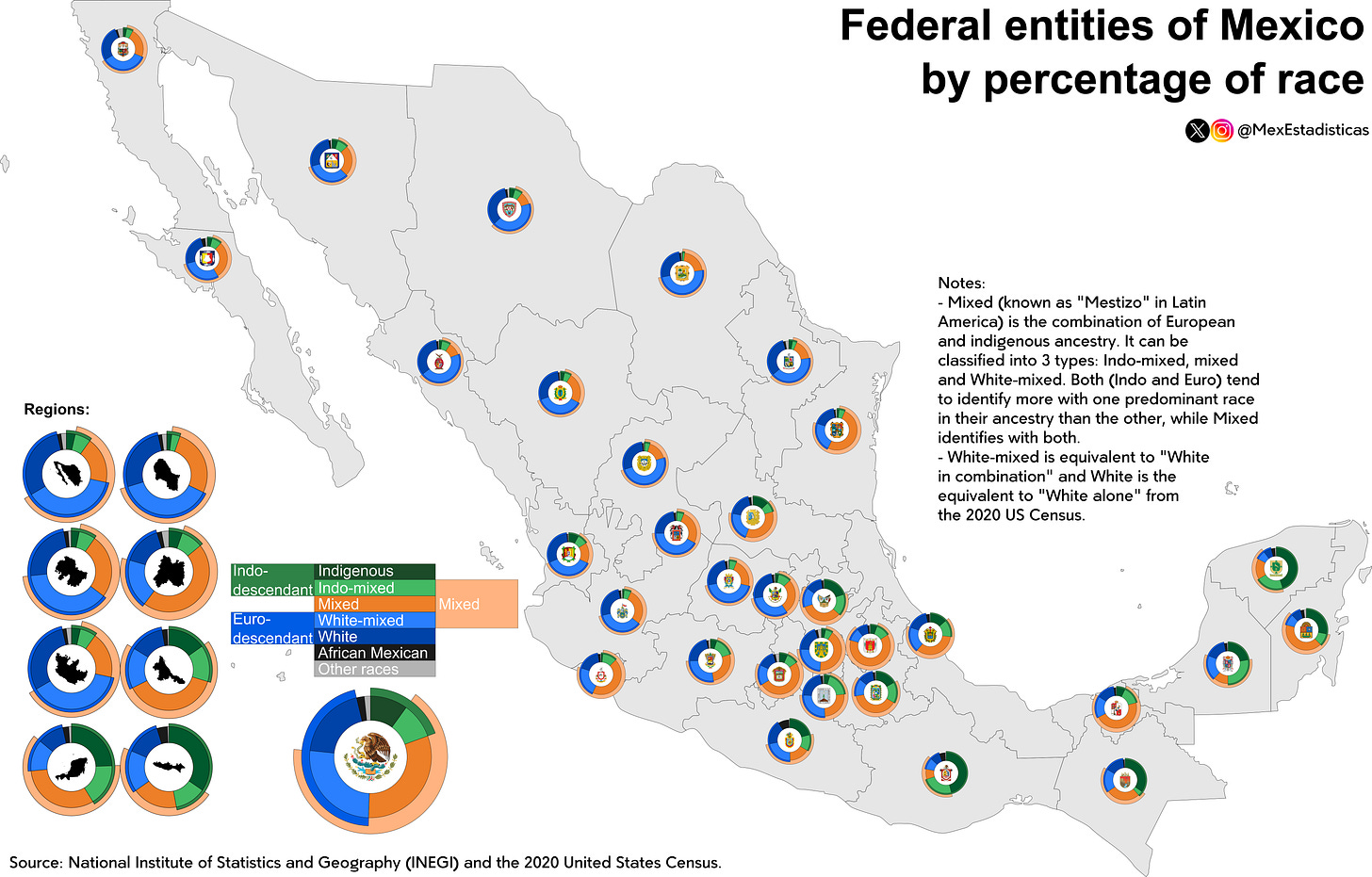
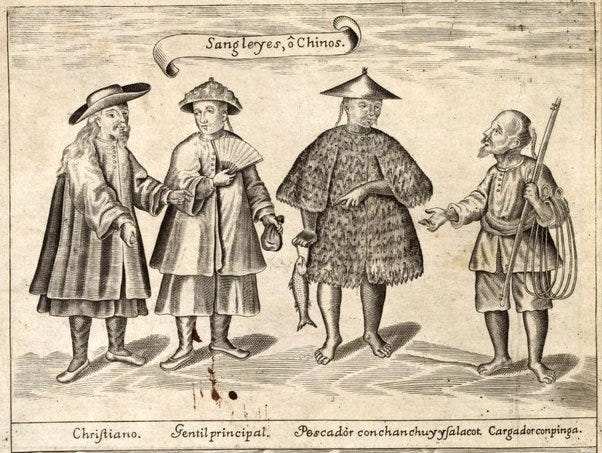
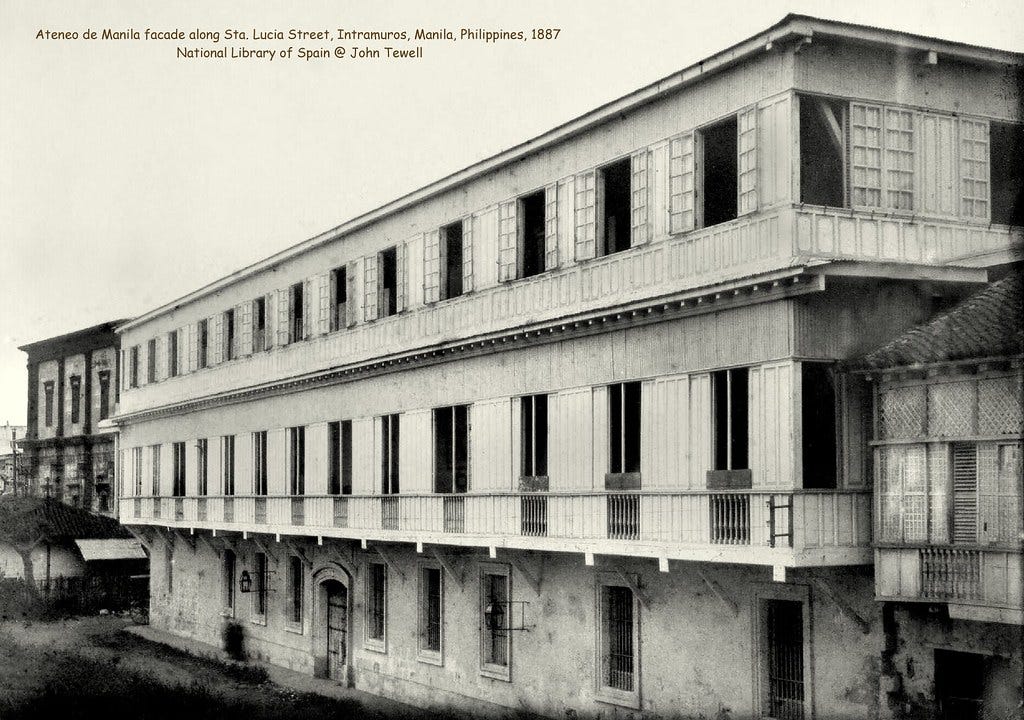

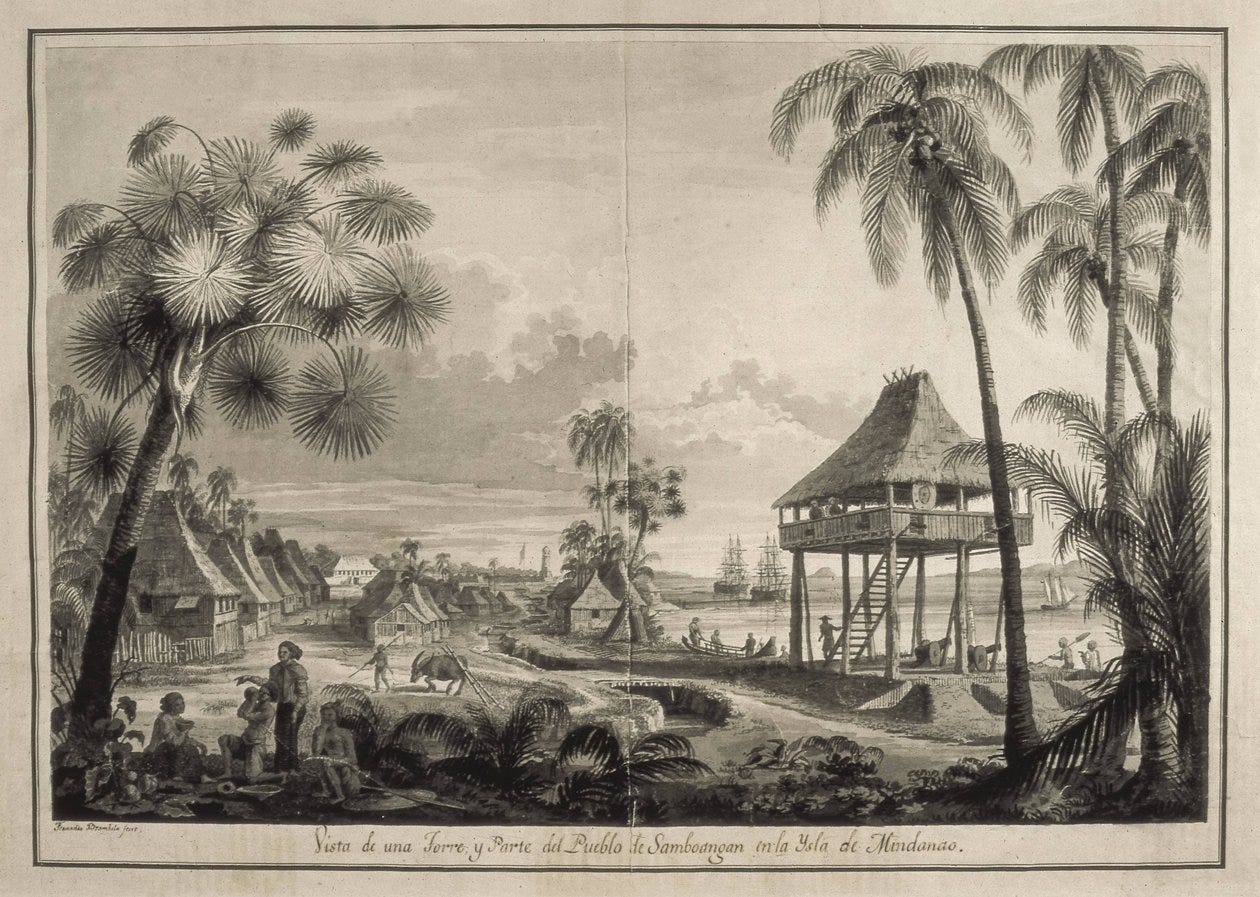
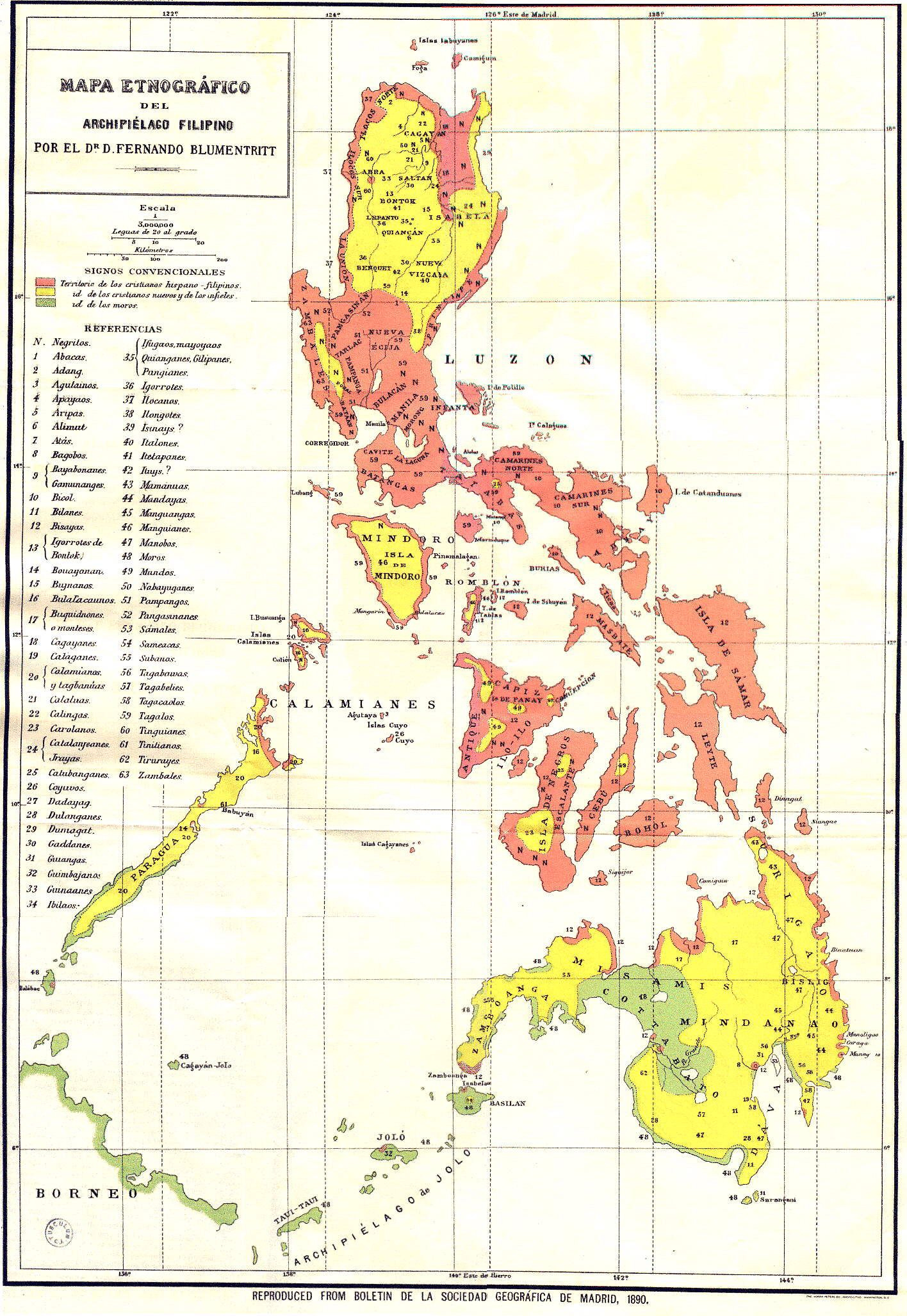
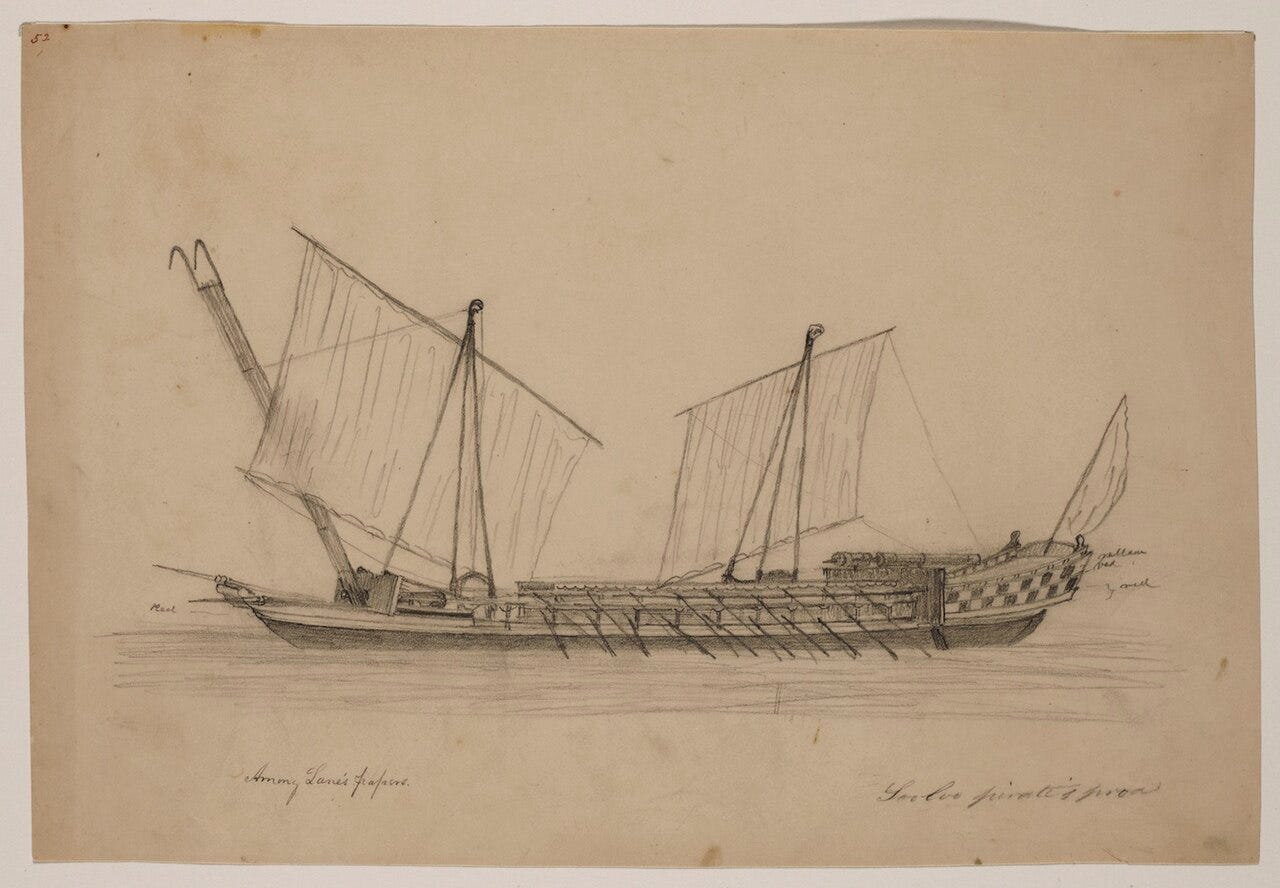
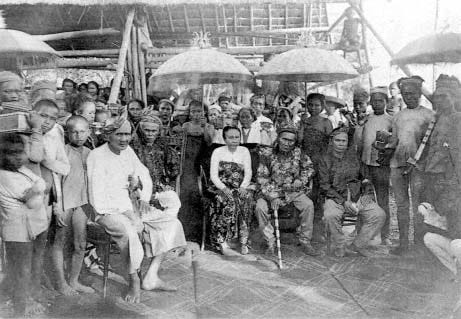
Thanks for this great summary and comparison with other countries colonized by Spain!